How Neonics Can Harm Soil Health and Soil Biodiversity
NRDC onEarth
DECEMBER 5, 2023
This World Soil Day, let's acknowledge the effects that neonic pesticides can have on soil health and biodiversity, and the farms that depend on them
This site uses cookies to improve your experience. By viewing our content, you are accepting the use of cookies. To help us insure we adhere to various privacy regulations, please select your country/region of residence. If you do not select a country we will assume you are from the United States. View our privacy policy and terms of use.
 Soil Related Topics
Soil Related Topics 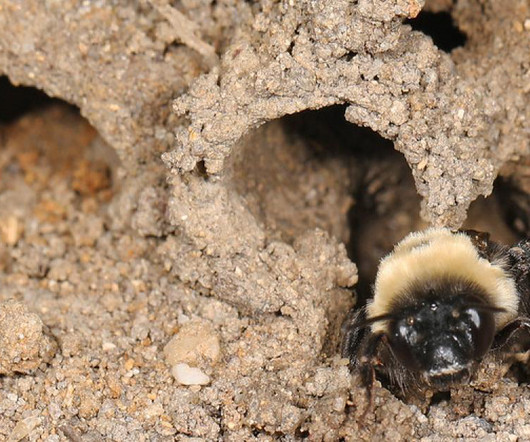
NRDC onEarth
DECEMBER 5, 2023
This World Soil Day, let's acknowledge the effects that neonic pesticides can have on soil health and biodiversity, and the farms that depend on them
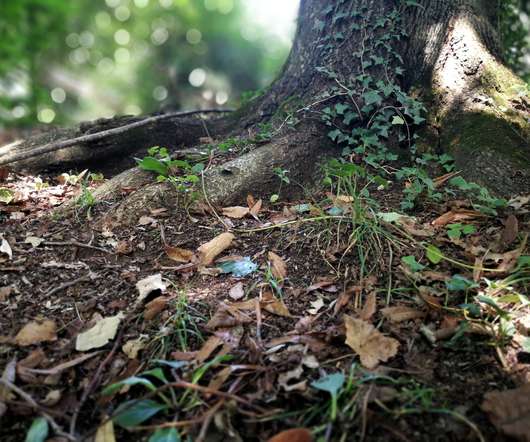
GreenBiz
NOVEMBER 4, 2020
6 differences between forestry and soil carbon offsets. In two VERGE 20 sessions, experts dived deep into the specifics of soil carbon credits and forestry carbon credits. We don't really have anything comparable on the soil side." . Soil credits are much newer. Soil is more challenging. Soil is more challenging.
This site is protected by reCAPTCHA and the Google Privacy Policy and Terms of Service apply.
Manufacturing Sustainability Surge: Your Guide to Data-Driven Energy Optimization & Decarbonization
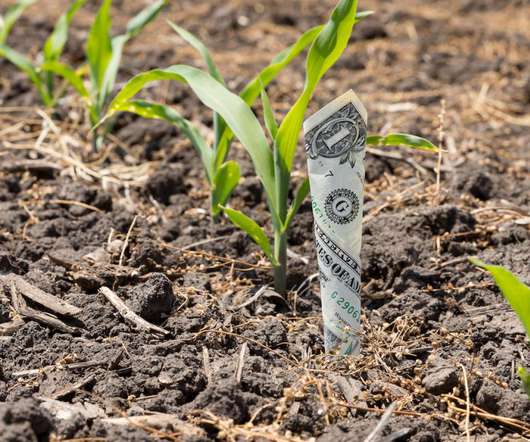
GreenBiz
OCTOBER 1, 2021
A new report shows that regenerative agriculture practices are good for incomes, soil health and the environment.
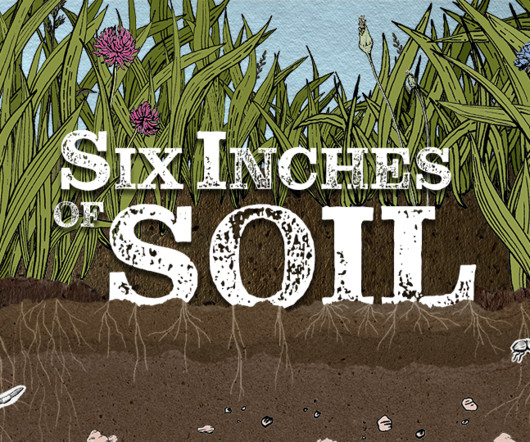
Terra Infirma
APRIL 22, 2024
On Friday night, the Prof took me to see the new independent movie about regenerative agriculture, Six Inches of Soil, as soil health is her thing. It was a lovely film, following three young people involved at various levels of trying to farm in a way that doesn’t destroy the very soil that we depend on for live on earth.

Jim Conca
JANUARY 11, 2022
Biofuels are a key component of a clean energy future, and the soil is more important than the crop. Soil texture influences the local microbiome which in turns influences crop yield, the physical and chemical attributes of soil and the chemical makeup of organic matter in the soil.

Envirotec Magazine
MAY 7, 2021
How are data science techniques helping us better understand the microbial universe of the soil? Over-reliance on nitrogen fertilizers is leading to the collapse of soil biodiversity. Yet, some predictions warn that there are only 60 harvests left in the world’s soil because it is so depleted by nitrogen fertilizers.
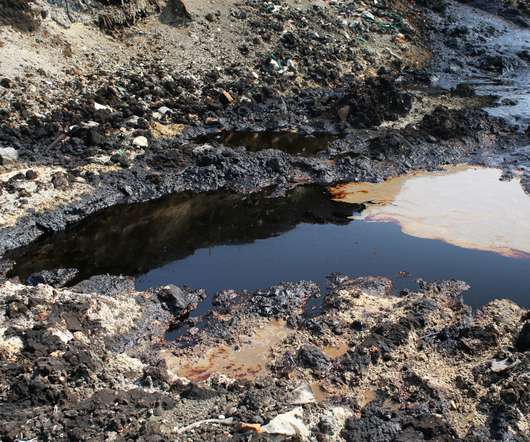
Envirotec Magazine
FEBRUARY 8, 2023
Petroleum hydrocarbons in soil continues to be an area of interest for scientists as they are the most common contaminants that are toxic to human and environmental receptors. For the experiments covered in Concawe’s report, scientists used a hexane extraction method, adding 1% v/w to soil samples and shaking them for two minutes.
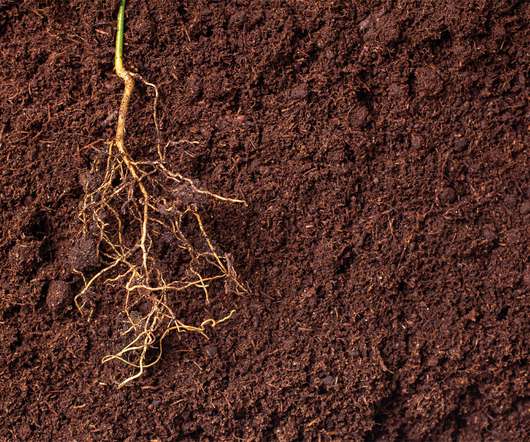
Envirotec Magazine
JANUARY 12, 2023
The study found, once the bulk of emissions have been reduced, countries plan to ‘cancel out’ the left-over difficult to decarbonise emissions, such as those from agriculture, by using forests and soils to remove carbon from the atmosphere. These mean forests and soils could lose their stored carbon back to the atmosphere.
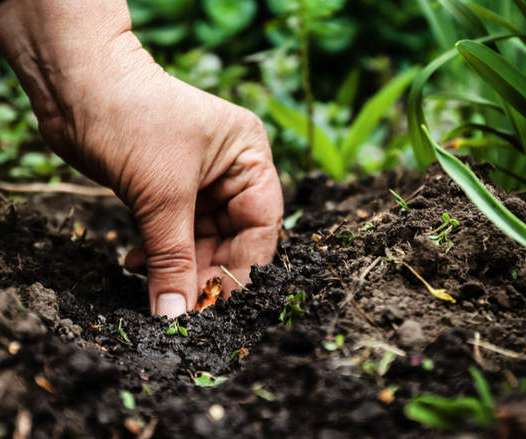
GreenBiz
FEBRUARY 25, 2020
Mineral-associated organic matter, on the other hand, consists mostly of microscopic coatings on soil particles. There's particulate organic matter, which is the stuff you generally can see. They work differently.
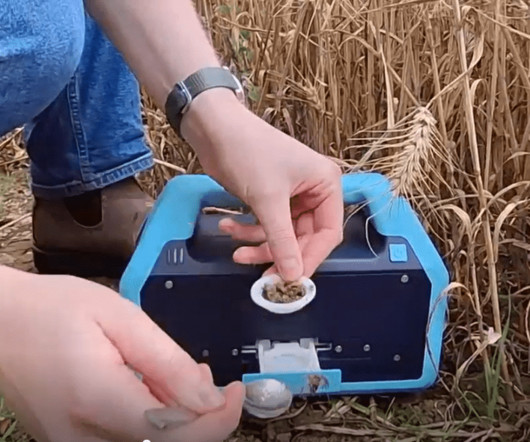
Envirotec Magazine
NOVEMBER 15, 2023
An electronic nose to sniff out soil health that will deliver results to a farmer’s phone in five minutes is being developed by PES Technologies. The company says it is able to create an aroma fingerprint from gas released by microbes in the soil. Jim Bailey of PES Technology at the Agri-TechE REAP Conference 2023.

The Environmental Blog
JANUARY 31, 2023
To keep your landscaping looking great, soil health and cleanliness are essential components. Contaminated or unhealthy soil can lead to unpleasant odors, water contamination, and damage to vegetation. Fortunately, there are simple ways to take steps toward cleaning and decontaminating the soil in your yard.
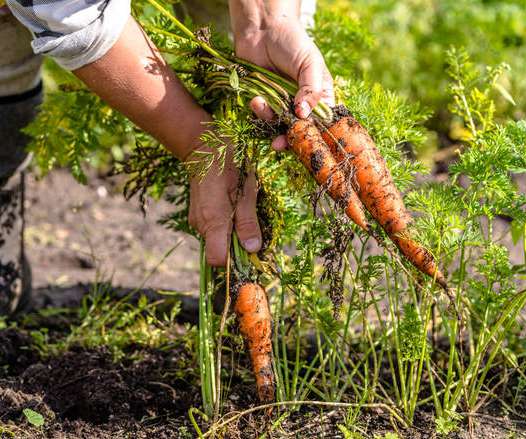
GreenBiz
APRIL 2, 2020
The benefits of protecting and restoring soil carbon go well beyond any one farm or any one year. But not enough people are taking these steps.
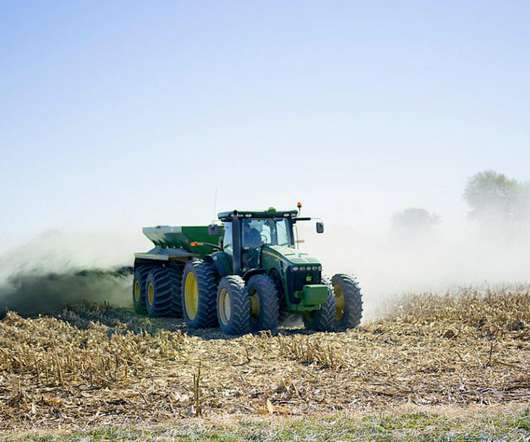
GreenBiz
OCTOBER 5, 2021
Researchers are finding that when pulverized rock is applied to agricultural fields, the soil pulls far more carbon from the air and crop yields increase. More studies are underway, but some scientists say this method shows significant benefits for farmers and the climate.

GreenBiz
JULY 20, 2023
Food companies have jumped all the way into soil carbon sequestration but there is still the question of measurement.

NRDC onEarth
DECEMBER 5, 2023
This World Soil Day, let’s take a minute to appreciate how forests, and specifically forest soils, store carbon.

Inhabitat - Innovation
MAY 6, 2021
The lowly earthworm’s feeding and burrowing mixes organic residues into the soil, enhances nutrient cycling, decomposition and the structural development of soil. But rampant pesticide use threatens the existence of these crucial invertebrates, according to a new study.
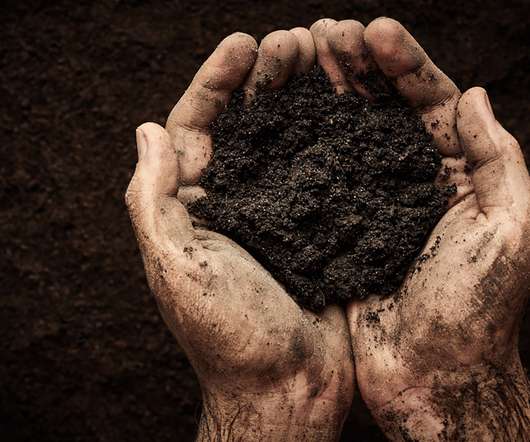
Envirotec Magazine
JANUARY 10, 2023
Such charcoal captures carbon and could potentially be added to soil to improve soil water retention and aeration of farmlands. It could also fertilize the soil as it naturally breaks down. Abdul-Aziz, however, cautioned that more work needs to be done to substantiate the utility of such char in agriculture.

Envirotec Magazine
FEBRUARY 24, 2022
Soil acts as a carbon ‘sink’, locking in GHGs that would otherwise be released into the atmosphere. Upgrading UK soils, particularly farmland and degraded peatlands, could radically improve their ability to store carbon. The potential of soil to sequester carbon is huge and should be fully maximised.”.
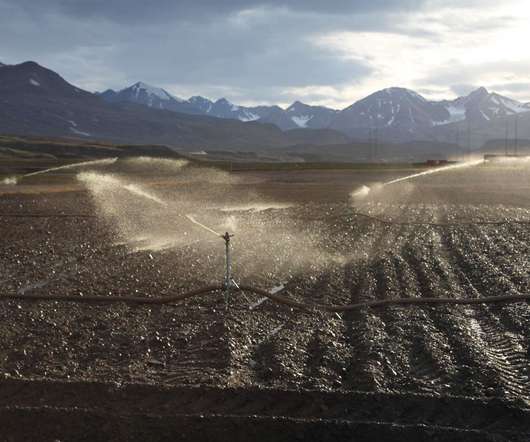
Envirotec Magazine
SEPTEMBER 9, 2021
Diesel-polluted soil from now defunct military outposts in Greenland can be remediated using naturally occurring soil bacteria, according to the evidence of a recently-completed experiment in Mestersvig in the east of the country. Forty tons of diesel fuel contaminated the soil at Mestersvig. Cold climate first.
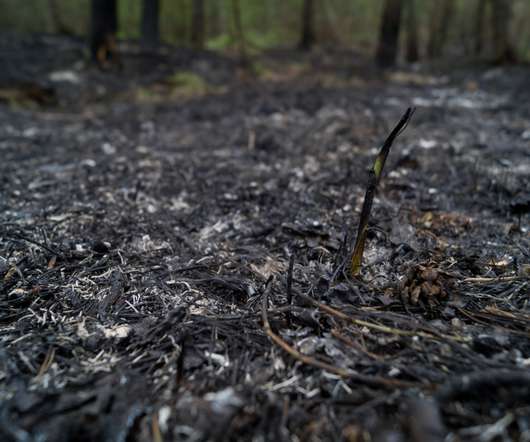
Envirotec Magazine
AUGUST 16, 2022
Soils influence water quality, and they are critical to plant growth. When we fed data about the microbes and nutrients into this model, we were able to predict how soil is changed by fire far more accurately.”. This was as simple as shoveling soil into a bucket. Would soil recover nutrients that had been lost in a fire?
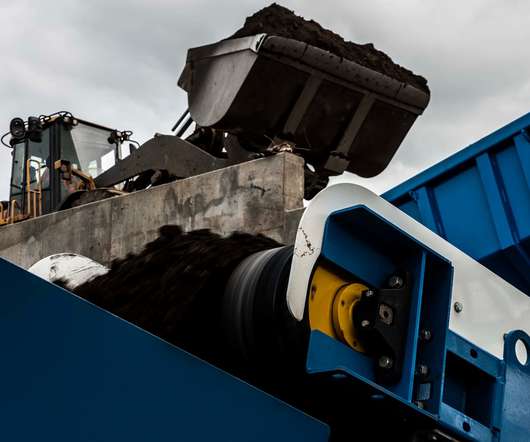
Envirotec Magazine
MARCH 4, 2021
The project will also include the creation of a hazardous soil treatment centre, the first of its kind in Scotland. million tonnes of soils were disposed of in 2019, said SEPA, amounting to 39% of all waste sent to landfill. million tonnes of soils were disposed of, totalling 39% of all waste sent to landfill.
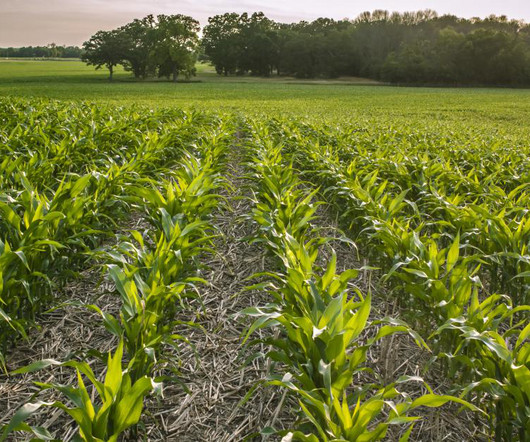
GreenBiz
OCTOBER 17, 2023
Sponsored: Quantifying environmental impact in agriculture: Peer review underscores the importance of setting high scientific standards.
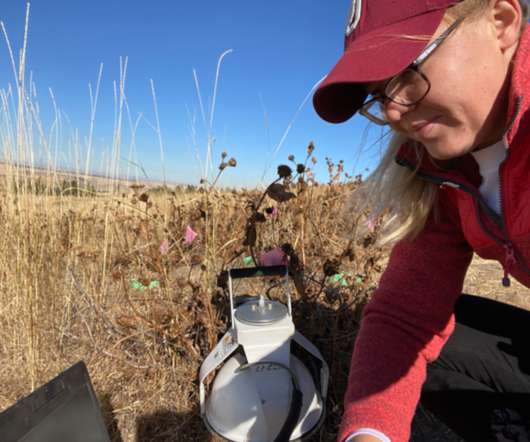
Envirotec Magazine
DECEMBER 6, 2021
Lead author of the study Jane Lucas measures CO2 production from prairie soil samples in Moscow, Idaho (image credit: Dana Whitmore). Combined stressors could impair soils’ ability to cycle nutrients and trap carbon, says a group from the Cary Institute of Ecosystem Studies.
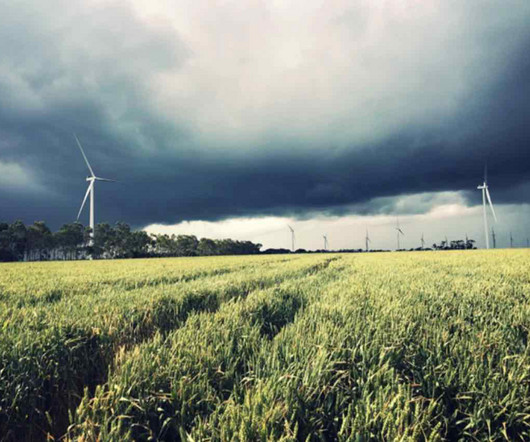
Renew Economy
OCTOBER 28, 2023
Scientists says soil carbon projects are overblown by as much as 10 times, which risks the accuracy of Australia's greenhouse gas inventory. The post Australian scientists raise “serious concerns” over soil carbon offsets for fossil fuels appeared first on RenewEconomy.

TechXplore
JANUARY 9, 2024
Among the waste products generated are construction-generated sludge (CGS) and construction-generated surplus soil (CGSS). These can be used for various applications such as backfilling, creating environmentally friendly building materials like bricks, and soil stabilization.
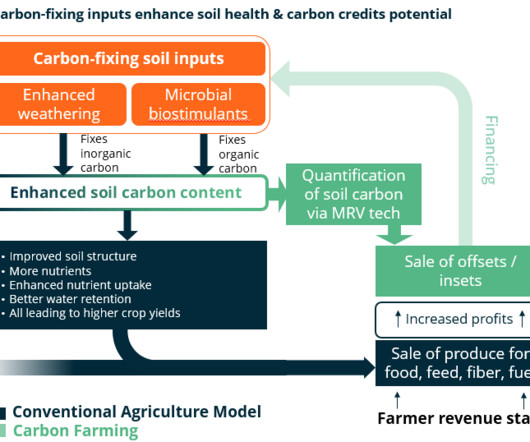
CleanTech Group
JULY 5, 2023
Agricultural soils emit millions of tons of carbon each year. These microbes and minerals help to put that carbon back in the ground.

Energy Central
NOVEMBER 2, 2023
The Terraforming Soil Energy Earthshot Research Center (EERC) may sound minor on the surface (pun intended), but it is both major and critical to mitigating climate change.
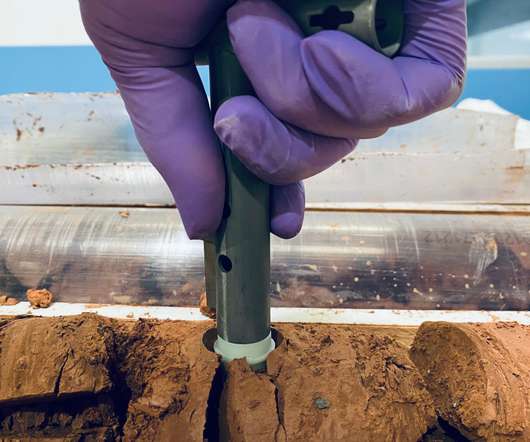
Envirotec Magazine
MAY 13, 2021
Industry specialists working on contaminated land are being urged to use the new British Standard BS 10176 for soil sampling. Good soil VOC data begins with good sampling practices. Concerns raised over reliability of old-style VOC testing.

CleanTech Group
APRIL 5, 2023
Carbon farming via soil. Farmers are looking beyond conventional production of crops and animals and exploring the option of capitalizing on carbon markets.
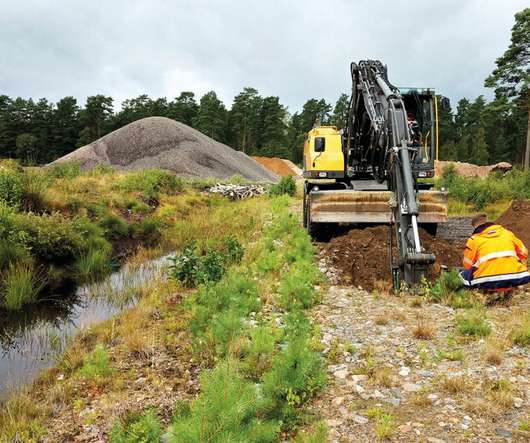
Envirotec Magazine
DECEMBER 1, 2020
CIRIA, the Construction Industry Research and Information Association has commissioned a new research project that aims to produce concise, up to date, interactive guidance on the whole surplus soil management process from ‘cradle to grave’, with Stantec appointed as the project research contractor.
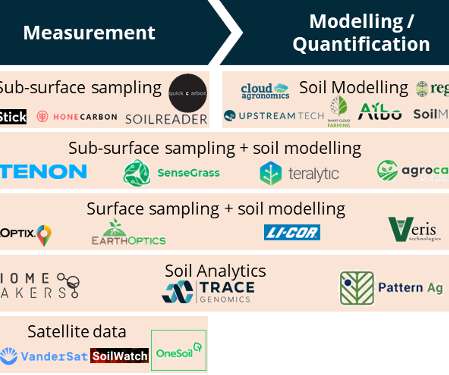
CleanTech Group
JULY 1, 2021
A key takeaway from our work on Soil Carbon, a part of the Cleantech for Europe project we are developing alongside Breakthrough Energy,
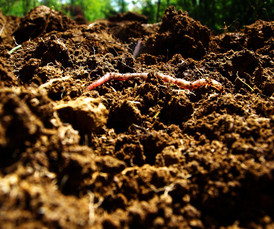
Business Green
NOVEMBER 24, 2023
New research sheds fresh light on huge scale of climate benefits associated with soil preservation
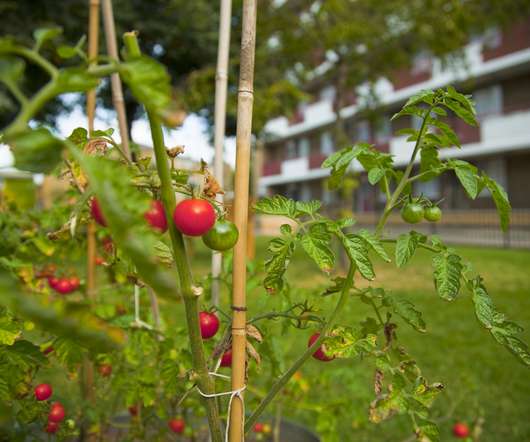
Grist
JULY 25, 2022
But is that food still safe to eat if it’s grown in lead-contaminated soil? Researchers at the University of Illinois Urbana-Champaign found that tomatoes grown in untreated, lead-contaminated soils accumulated a startlingly low amount of lead from the soil – performing similarly to soils treated for lead contamination.
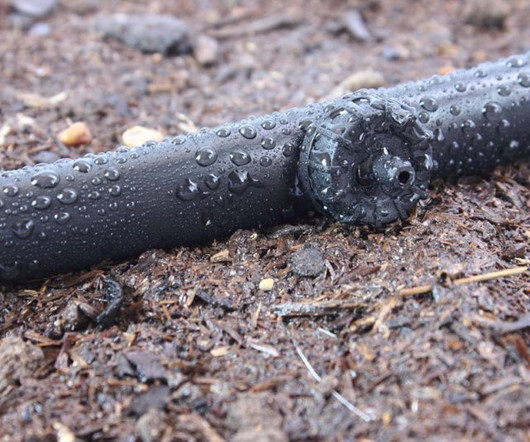
Green Living Guy
JULY 4, 2023
Let’s talk organic soil for farming solving water issues. Southern European countries like […] The post Organic Soil Farming Water: Safeguards Precious Resources appeared first on Green Living Guy. For the face of the climate crisis, the world is grappling with extreme weather events.

GreenBiz
OCTOBER 1, 2021
This startup is pumping trees full of probiotics to clean up contaminated land — and help tackle climate change.

Business Green
JANUARY 24, 2024
Offset schemes designed solely around soil carbon sequestration are too simplistic and could result in a wave of 'junk' offsets, warns Imperial College's Bonnie Waring
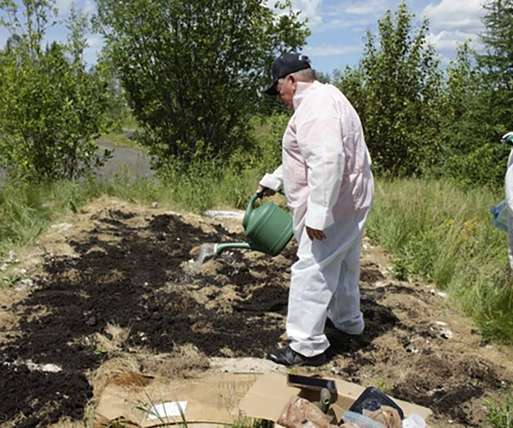
Grist
FEBRUARY 22, 2022
Later, when the Aroostook Band of Micmacs took over the site’s ownership, they found its soil was rife with per- and polyfluoroalkyl substances, better known as PFAS, cancer-causing compounds that are so difficult to break down they’re commonly known as “forever chemicals.”.
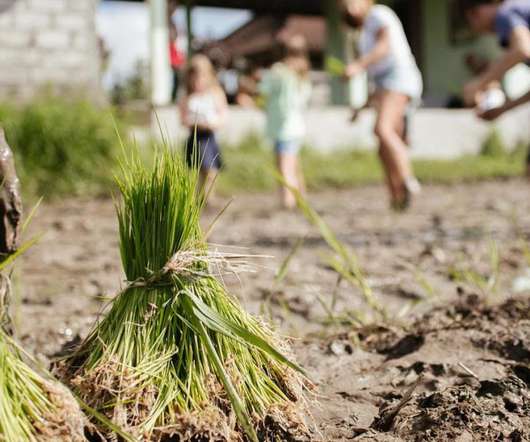
GreenBiz
SEPTEMBER 8, 2022
How Bali is creating food security and more environmentally friendly rice production at the same time.

PV Tech
DECEMBER 1, 2023
PV Tech Premium looks at the challenges of developing a utility-scale solar PV project on uneven terrains and hard soils.

Business Green
JULY 14, 2022
Secondly, Houston-based BCarbon and UK consultancy Future Food Solutions announced this week they have issued the first carbon credits from a UK farm that has used sustainable farming practices to boost the carbon capacity of its soils.

Envirotec Magazine
AUGUST 27, 2021
Soil scientist Neil Fuller launches the Sustainable Landscapes Wolds Programme with East Yorkshire farmers. A five-year collaboration is underway between Yorkshire Water and a group of innovative farmers, who are making a bid to improve water and soil quality on the Yorkshire Wolds. per cent to 6.0
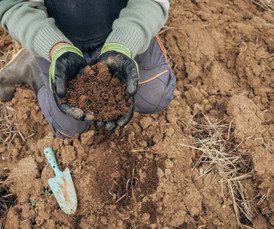
Business Green
MARCH 21, 2024
EFRA committee questions government response to calls to put soil health on the same policy footing as water and air quality
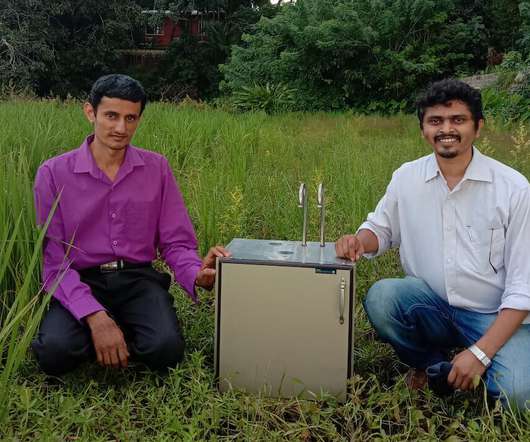
Impact Alpha
OCTOBER 7, 2020
ImpactAlpha, October 7 – Krishitantra’s Sandeep Kondaji was frustrated in getting timely soil data to help his uncle make decisions around fertilizer use on his farm. Kondaji launched Krishitantra in 2017 to develop a portable device to enable farmers to do rapid soil testing and avoid costly overuse of chemical treatments.
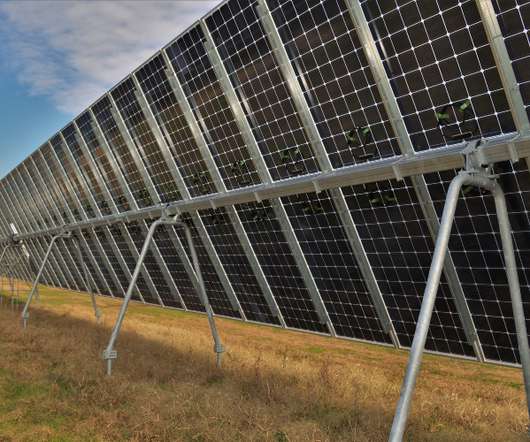
Solar Power World
AUGUST 2, 2021
As installers break into new markets like the Northeast, where the soil is rocky and ground frost is a risk, the depths I-beams must be driven for proper pull-resistance increases significantly.
Expert insights. Personalized for you.
We have resent the email to
Are you sure you want to cancel your subscriptions?

Let's personalize your content